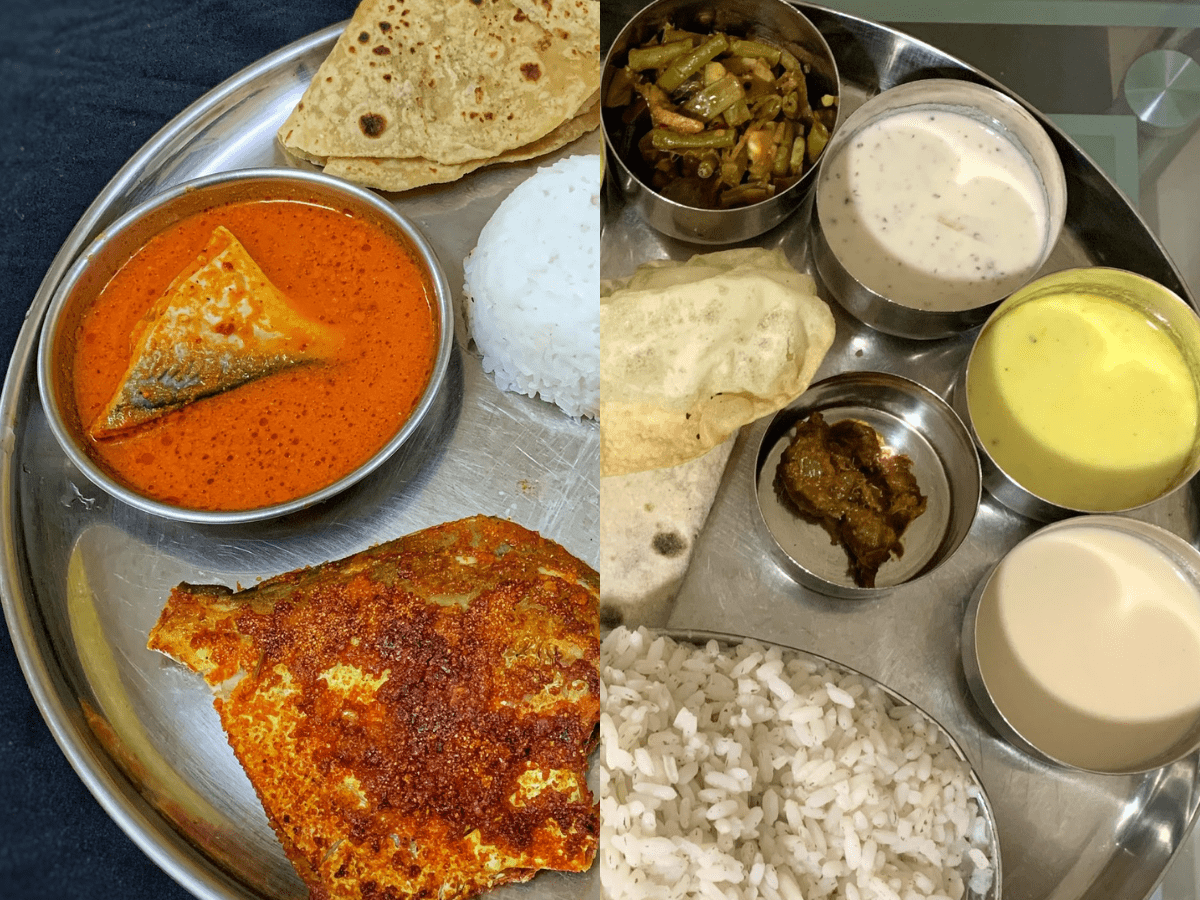
A recent study by National Family Health Survey (NFHS -5) from the year 2019-21, shows that the percentage of meat-eaters or non-vegetarians has considerably increased from 2015 to the present.
The survey was conducted between six years on both men and women aged 15-49 years of age.
Due to the COVID-19 pandemic, the fifth round of the NFHS was conducted in two phases between June 17, 2019, and April 30, 2021. The survey has covered 707 districts from 29 states and seven Union territories.
Drop-in ‘pure’ vegetarians:
Studies from a recent NFHS-5 survey show that only 16.6% of men and 29.4% of women have never eaten non-veg, including eggs. This is a 5% drop in men from 21.6% and a 1% drop in women from 30%, as compared to the last report NFHS-4. Hence, one can safely say that the percentage of vegetarians in both men and women has dropped during the previous six years.
Fish, chicken, and meat:
Interestingly in the category of ‘fish, chicken, and meat’ the number of men and women has considerably increased over the last six years. The notion that India is predominantly a vegetarian country is proving to be false yet again.
In the last six years, the daily consumption of fish, chicken, and meat-eaters in men has exponentially increased from 1.8% to 8.0%. That is a six percent increase.
Religious break up of meat-eaters:
Religion has forever been a topic of discussion and debate ever since independence. Hence, in a country like India, where many religions coexist, food consumption becomes very important. Likewise, your caste also dictates what you eat and drink. Religion and caste go hand in hand.
Similarly, when comparing the two reports, Siasat.com found out that there is a 5% decrease in women who have never eaten meat in the last six years.
Siasat.com, when comparing the two national surveys, discovered that the number of meat-eaters in dominant religions – Hindu, Muslim, and Christianity – has increased. This is an amusing point of view where religion currently has plagued the nation. Violent incidents such as demands for non-halal meat, targeting Muslims and Christians for eating beef, etc have been on a rise since the Narendra Modi-led government came to power at the Centre in 2014.
During the last six years, the percentage of Hindu meat-eaters in men and women has increased from 44.4% to 52.5% and 38.3% to 40.7% respectively. That is an 8% increase in men consuming meat.
Muslims, on the other hand, have fared little. While there is a 6% increase in men, among women, there is just a 3% increase. Christians lead the tally in both the surveys.
Meat intake in Scheduled Caste and Tribes (SC/ST) has also risen. In men, there is a sharp 10% increase in SC and almost a 9% increase in ST communities. There is not much difference in women’s meat intake comparing the two surveys.
Meat-eaters break up among States and Union Territories:
Among states, union territories Lakshadweep (98.7%) and Andaman and Nicobar Islands (95.4%) followed by Goa (93.3%) lead the list of the most meat-eating states and UTs in women. Kerala is the highest meat consumer state (90.5%) and Haryana is the lowest (6.3%) of the women population.
Similarly, in men, Lakshadweep (98.4%) and Andaman and Nicobar Islands (96.1%) followed by Goa (93.8%) lead the list of the most meat-eating states and UTs. Kerala is the highest meat consumer state (90.1%) and Rajasthan is the lowest (14.1%) of men population.
The data also shows items such as pulses/beans, fruits, and green leafy vegetables consumed daily, weekly, and occasionally by almost all men and women during 2019-20.
With all these above numbers and analysis, the talk that India is a more vegetarian country than not is slowly and steadily becoming a myth. As years pass by and reports come in, the percentage of meat-eaters, no matter what the political, sociological, or economical state the country is in, is on a rise.
